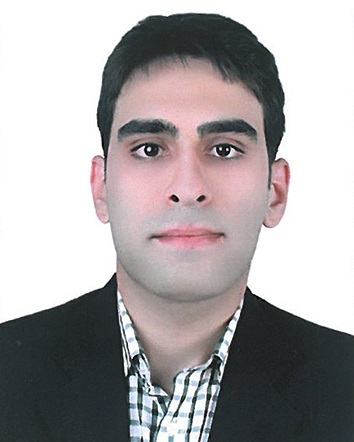Biomedical Imaging and Instrumentation
(G-265) The CathCam: A Solution for Endovascular Device Navigation Using Angioscopic Visualization

Mahdi Tahmasebi, M.Sc.
PhD candidate
Toronto Metropolitan University
Toronto, Ontario, Canada
Mohammadmahdi Keshavarz, n/a
Ph.D. Researcher
Toronto Metropolitan University
Toronto, Ontario, Canada- AT
Presenting Author(s)
Co-Author(s)
Last Author(s)
Materials and Methods:: The study comprised three components. Initially, the performance of the CathCam was compared to conventional catheters using 3D-printed phantom models. Subsequently, in an ex vivo setup, the device groups were evaluated by using four lesion samples of a chronic total occlusion (CTO) harvested from an amputated patient's superior femoral artery. The evaluation criteria included the success rate of guidewire crossing, crossing time, and fluoroscopy time. Finally, the safety and feasibility of the CathCam in visualizing arteries were assessed in vivo using a porcine model.
Results, Conclusions, and Discussions::
The results indicated that the CathCam achieved a 100% success rate in crossing 3D printed lesions in the phantom experiments and a 75% success rate in crossing CTO samples ex vivo. Conventional catheters only achieved success rates of 35% and 25% in the respective experiments. The average crossing time using the CathCam was significantly shorter (p< 0.0001, two-way ANOVA), at 31.68±27.65 seconds in the phantom experiments and 210±237.67 seconds in the ex-vivo experiments, compared to 502±170.82 seconds and 511.31±163.21 seconds with conventional catheters. Moreover, the in vivo experiment confirmed the safety and feasibility of the CathCam. In conclusion, the study demonstrated that CathCam can potentially increase the success rate of endovascular revascularization procedures while reducing crossing time and fluoroscopy time compared to conventional catheters. The findings underscore the potential of the CathCam which combines the means of accurate device positioning, steering, and support with simultaneous real-time visual angioscopy feedback.
Acknowledgements (Optional): :
References (Optional): :
